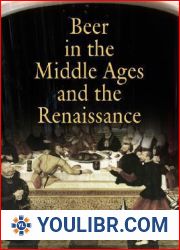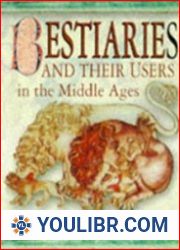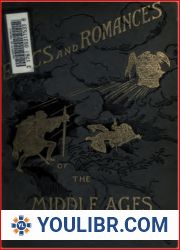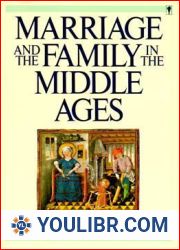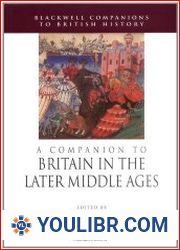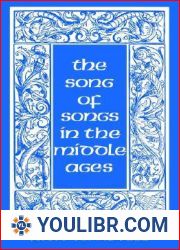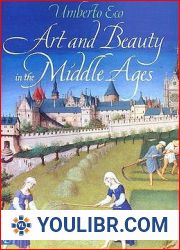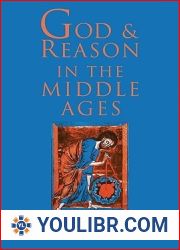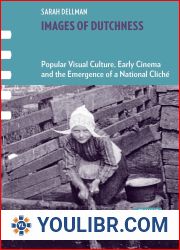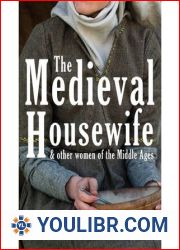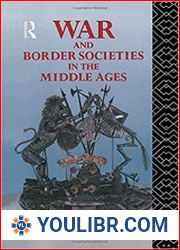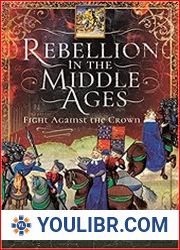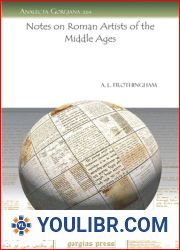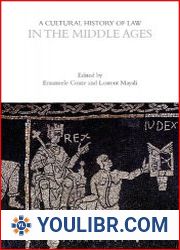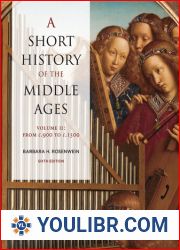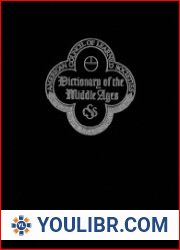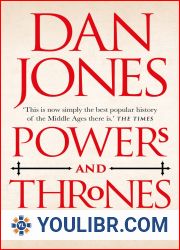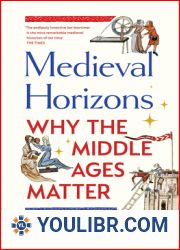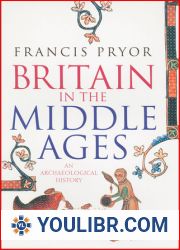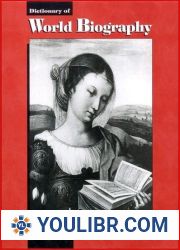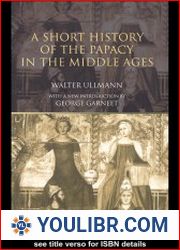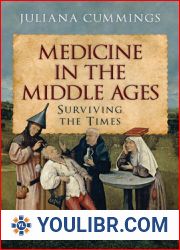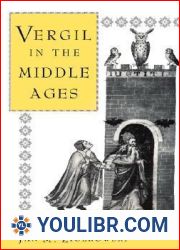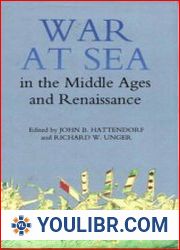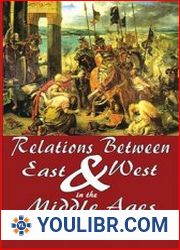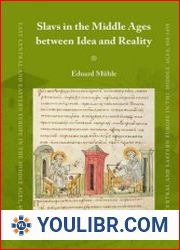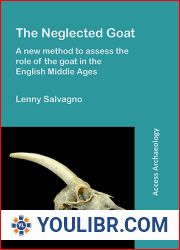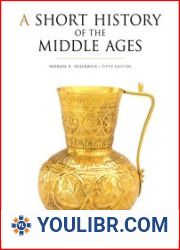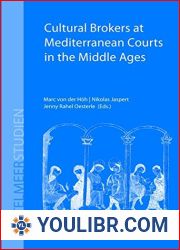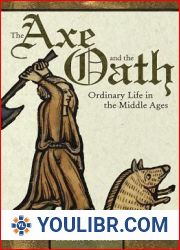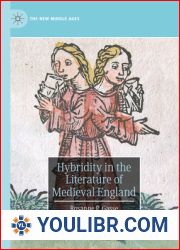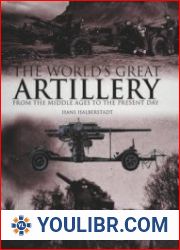
BOOKS - Framing the Early Middle Ages: Europe and the Mediterranean, 400-800

Framing the Early Middle Ages: Europe and the Mediterranean, 400-800
Author: Chris Wickham
Year: February 8, 2005
Format: PDF
File size: PDF 7.7 MB
Language: English

Year: February 8, 2005
Format: PDF
File size: PDF 7.7 MB
Language: English

Framing the Early Middle Ages: Europe and the Mediterranean, 400-800 The Roman Empire, once a mighty and powerful civilization, had long been seen as a singular entity, but the early Middle Ages were often viewed as a collection of regional histories loosely corresponding to modern nation-states. This fragmented approach has led to a lack of comprehensive analyses of socio-economic change in the post-Roman world since the 1930s. However, recent advancements in early medieval archaeology have significantly expanded our source base, yet these findings have not been adequately integrated into historical accounts. In Framing the Early Middle Ages, Chris Wickham seeks to bridge this gap by integrating documentary and archaeological evidence to create a comparative history of the period spanning from Denmark to Egypt (excluding Slavic areas). The focus lies on classic socio-economic themes such as state finance, aristocratic wealth and identity, estate management, peasant society, rural settlements, and exchange.
Framing the Early Middle Ages: Europe and the Mediterranean, 400-800 Римская империя, некогда могущественная и могущественная цивилизация, долгое время рассматривалась как единое целое, но раннее Средневековье часто рассматривалось как совокупность региональных историй, слабо соответствующих современным национальным государствам. Этот фрагментированный подход привел к отсутствию всестороннего анализа социально-экономических изменений в постримском мире с 1930-х годов. Тем не менее, последние достижения в раннесредневековой археологии значительно расширили нашу базу источников, однако эти результаты не были должным образом интегрированы в исторические отчеты. В работе «Framing the Early Middle Ages» Крис Уикхэм стремится преодолеть этот разрыв путём интеграции документальных и археологических свидетельств для создания сравнительной истории периода, охватывающего период от Дании до Египта (исключая славянские области). Основное внимание уделяется классическим социально-экономическим темам, таким как государственные финансы, аристократическое богатство и идентичность, управление имуществом, крестьянское общество, сельские поселения и обмен.
Framing the Early Middle Ages : Europe and the Mediterranean, 400-800 L'Empire romain, autrefois une civilisation puissante et puissante, a longtemps été considéré comme un tout, mais le début du Moyen Age a souvent été considéré comme un ensemble d'histoires régionales peu adaptées aux États nationaux modernes. Cette approche fragmentée a conduit à l'absence d'une analyse complète des changements socioéconomiques dans le monde post-romain depuis les années 1930. Cependant, les progrès récents dans l'archéologie médiévale précoce ont considérablement élargi notre base de sources, mais ces résultats n'ont pas été correctement intégrés dans les rapports historiques. Dans Framing the Early Middle Ages, Chris Wickham cherche à combler ce fossé en intégrant des preuves documentaires et archéologiques pour créer une histoire comparative de la période allant du Danemark à l'Egypte (à l'exclusion des régions slaves). L'accent est mis sur des thèmes socioéconomiques classiques tels que les finances publiques, la richesse et l'identité aristocratiques, la gestion des biens, la société paysanne, les établissements ruraux et les échanges.
Framing the Early Middle Ages: Europe and the Mediterranean, 400-800 Imperio Romano, una civilización otrora poderosa y poderosa, fue visto durante mucho tiempo como un todo único, pero la Edad Media temprana fue visto a menudo como un conjunto de historias regionales que coincidían débilmente con las historias nacionales modernas a los Estados. Este enfoque fragmentado ha llevado a la falta de un análisis integral de los cambios socioeconómicos en el mundo posrima desde la década de 1930. n embargo, los últimos avances en la arqueología medieval temprana han ampliado significativamente nuestra base de fuentes, pero estos resultados no se han integrado adecuadamente en los informes históricos. En la obra «Framing the Early Middle Ages», Chris Wickham busca cerrar esta brecha integrando evidencias documentales y arqueológicas para crear una historia comparativa del período que abarca desde Dinamarca hasta Egipto (excluyendo las regiones eslavas). Se centra en temas socioeconómicos clásicos como las finanzas públicas, la riqueza aristocrática y la identidad, la administración de la propiedad, la sociedad campesina, los asentamientos rurales y el intercambio.
Framing the Early Middle Ages: und das Mittelmeer, 400-800 Das Römische Reich, einst eine mächtige und mächtige Zivilisation, wurde lange Zeit als eine Einheit betrachtet, aber das frühe Mittelalter wurde oft als eine Sammlung regionaler Geschichten betrachtet, die den modernen Nationalstaaten nur schwach entsprachen. Dieser fragmentierte Ansatz führte zu einem Mangel an umfassenden Analysen der sozioökonomischen Veränderungen in der post-römischen Welt seit den 1930er Jahren. Die jüngsten Fortschritte in der frühmittelalterlichen Archäologie haben unsere Quellenbasis jedoch erheblich erweitert, aber diese Ergebnisse wurden nicht richtig in historische Berichte integriert. In Framing the Early Middle Ages versucht Chris Wickham, diese Lücke zu schließen, indem er dokumentarische und archäologische Beweise integriert, um eine vergleichende Geschichte der Zeit von Dänemark bis Ägypten (ohne slawische Gebiete) zu erstellen. Im Mittelpunkt stehen klassische sozioökonomische Themen wie Staatsfinanzen, aristokratischer Reichtum und Identität, Immobilienverwaltung, Bauerngesellschaft, ländliche edlungen und Austausch.
''
Erken Orta Çağ'ın Çerçevelenmesi: Avrupa ve Akdeniz, bir zamanlar güçlü ve güçlü bir medeniyet olan 400-800 Roma İmparatorluğu, uzun zamandır bir bütün olarak görülüyordu, ancak erken Orta Çağ genellikle modern ulus devletlere gevşek bir şekilde karşılık gelen bölgesel tarihlerin bir koleksiyonu olarak görülüyordu. Bu parçalanmış yaklaşım, 1930'lardan bu yana Roma sonrası dünyadaki sosyo-ekonomik değişikliklerin kapsamlı bir analizinin eksikliğine yol açtı. Bununla birlikte, erken ortaçağ arkeolojisindeki son gelişmeler kaynak tabanımızı büyük ölçüde genişletmiştir, ancak bu bulgular tarihsel raporlara tam olarak entegre edilmemiştir. Erken Orta Çağ'ı Çerçevelemek'te Chris Wickham, Danimarka'dan Mısır'a (Slav bölgeleri hariç) uzanan dönemin karşılaştırmalı bir tarihini oluşturmak için belgesel ve arkeolojik kanıtları birleştirerek bu boşluğu kapatmayı amaçlamaktadır. Odak noktası, kamu maliyesi, aristokratik zenginlik ve kimlik, mülk yönetimi, köylü toplumu, kırsal yerleşim ve değişim gibi klasik sosyoekonomik konulardır.
تأطير العصور الوسطى المبكرة: أوروبا والبحر الأبيض المتوسط، الإمبراطورية الرومانية 400-800، التي كانت ذات يوم حضارة قوية وقوية، لطالما كان يُنظر إليها ككل، لكن العصور الوسطى المبكرة غالبًا ما كان يُنظر إليها على أنها مجموعة من التواريخ الإقليمية تتوافق بشكل فضفاض مع الدول القومية الحديثة. أدى هذا النهج المجزأ إلى عدم وجود تحليل شامل للتغيرات الاجتماعية والاقتصادية في عالم ما بعد الرومان منذ الثلاثينيات. ومع ذلك، فإن التطورات الأخيرة في علم الآثار في العصور الوسطى المبكرة قد وسعت بشكل كبير قاعدة مصدرنا، ومع ذلك، لم يتم دمج هذه النتائج بشكل صحيح في التقارير التاريخية. في تأطير العصور الوسطى المبكرة، يسعى كريس ويكهام إلى سد هذه الفجوة من خلال دمج الأدلة الوثائقية والأثرية لإنشاء تاريخ مقارن للفترة الممتدة من الدنمارك إلى مصر (باستثناء المناطق السلافية). ينصب التركيز على الموضوعات الاجتماعية والاقتصادية الكلاسيكية مثل المالية العامة والثروة والهوية الأرستقراطية وإدارة الممتلكات ومجتمع الفلاحين والاستيطان والتبادل الريفي.







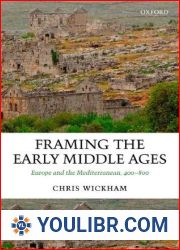
 49
49  2 TON
2 TON

